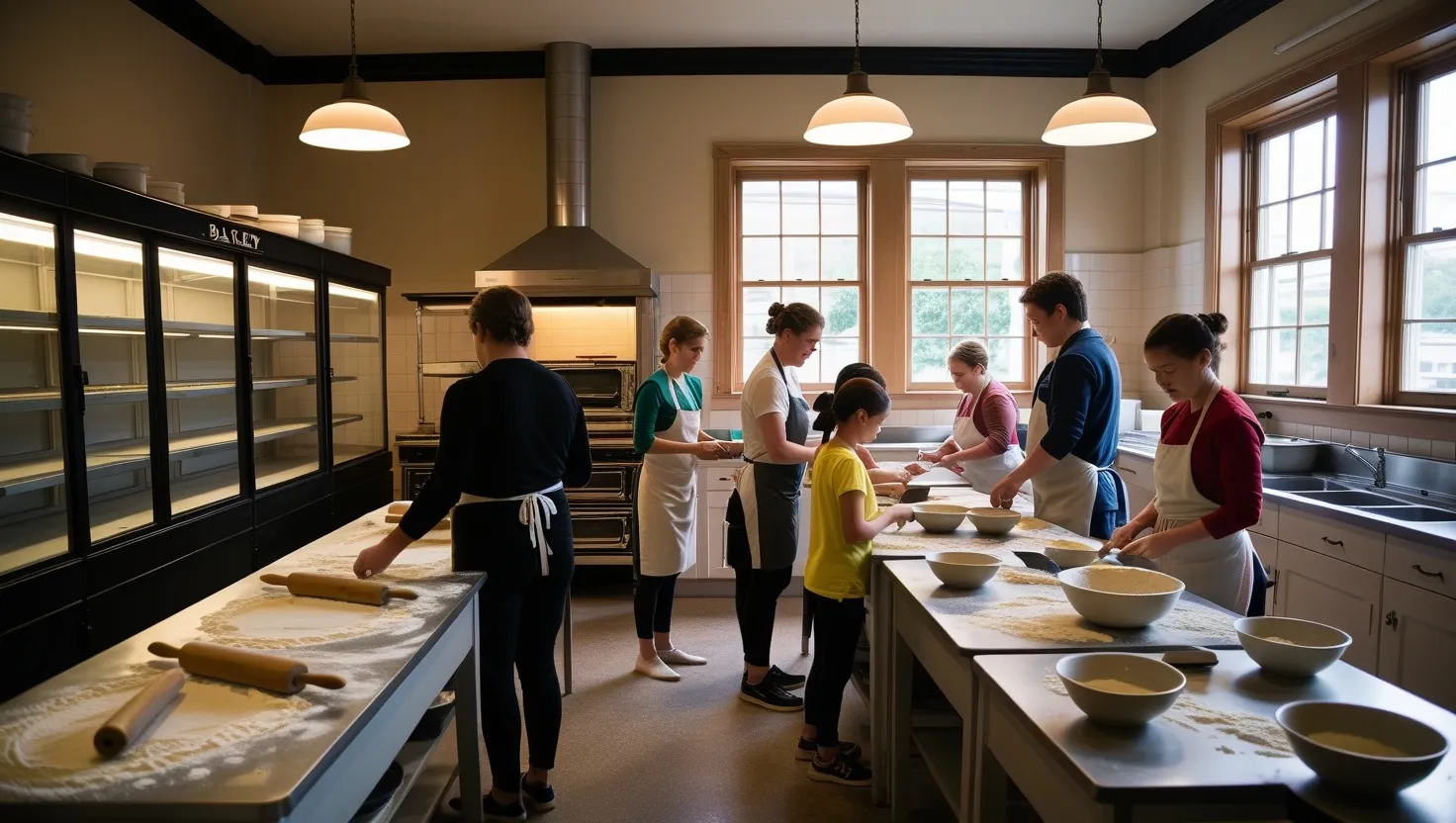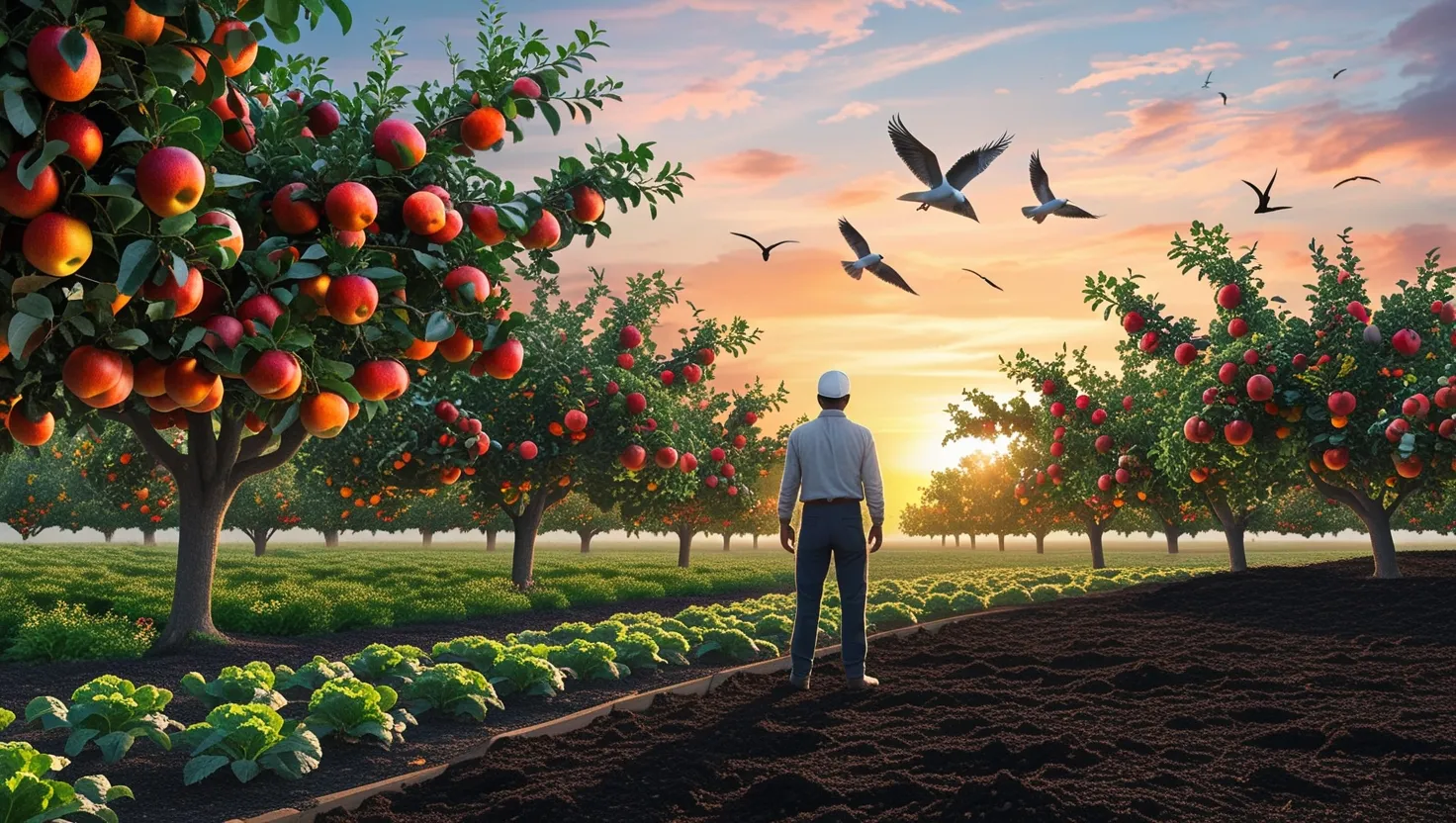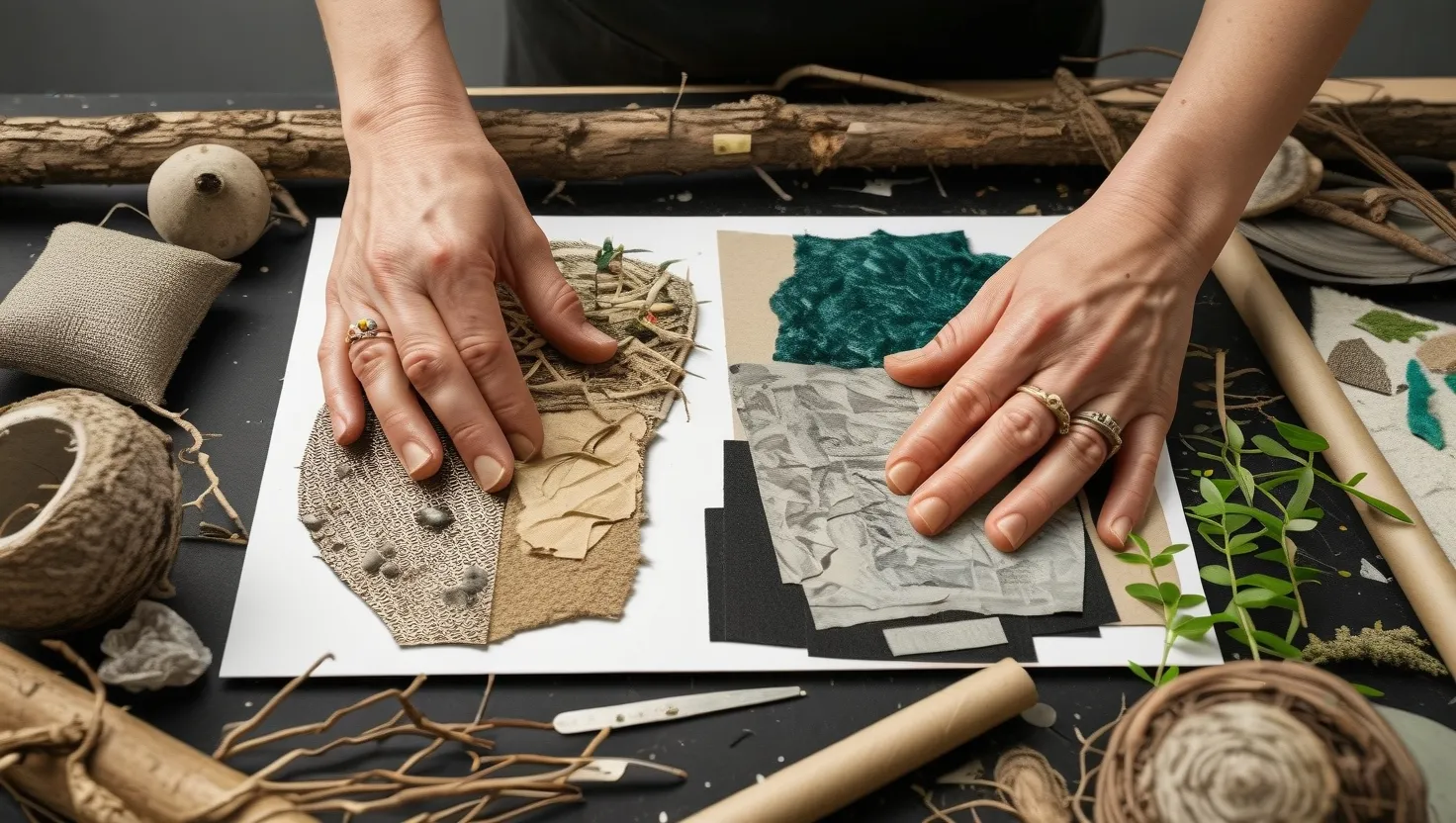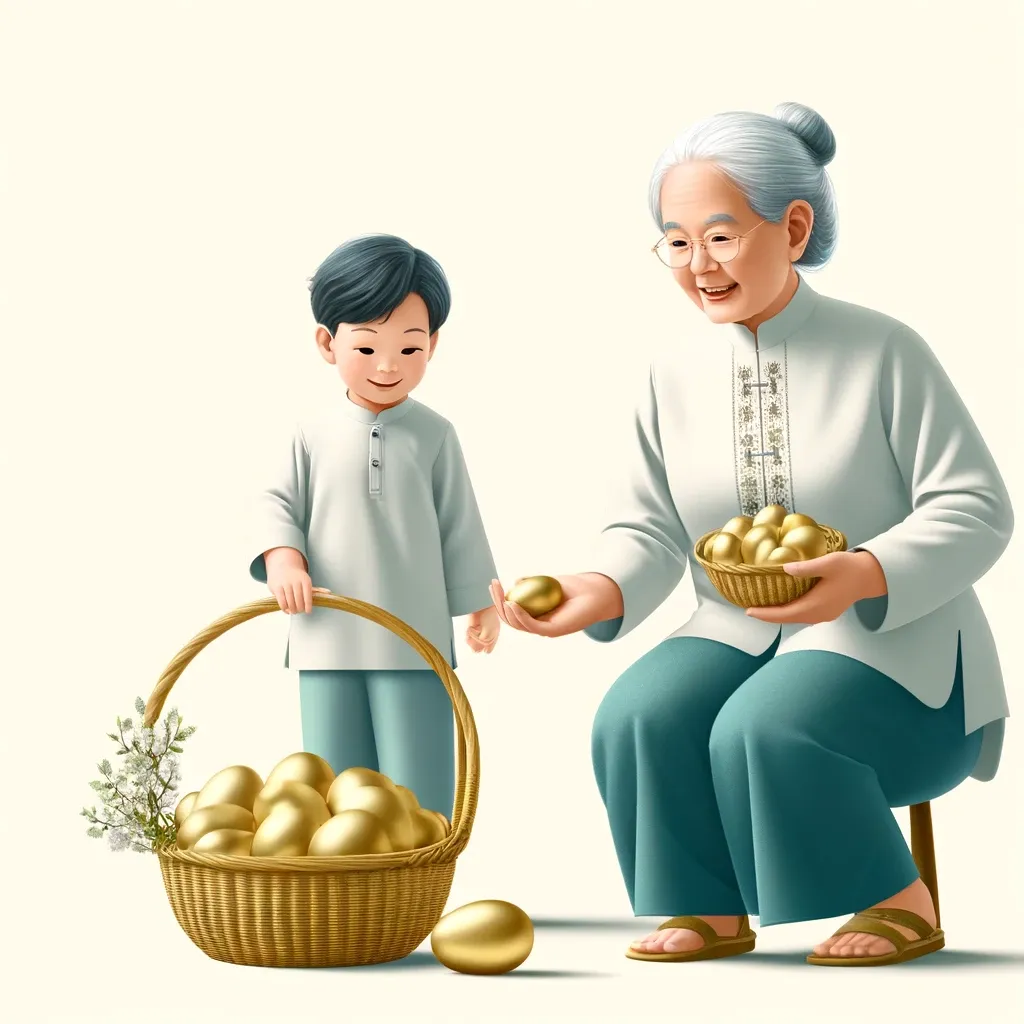Bakeries are more than storefronts filled with flour, sugar, and the odors of nostalgia. They’re often homes for memory, community, and stubborn dreams. When I think about why someone like Ava—a baker whose shop teeters on the edge of closing—clings so tightly to her ovens and empty display cases, it’s about more than the loss of profit. Ava clings to a legacy. Her mother’s hands shaped those same loaves, maybe with hope that tradition would protect against change.
But why do we let the weight of what’s been invested hold us hostage, even when every rent receipt tells us the balance sheet is bleeding? What compels us to keep slicing the same old bread even when today’s customers walk by, chasing gluten-free, vegan muffins, or Instagrammable sourdough swirled with ube? The answer, for many, is what behavioral economists call the sunk cost fallacy. We look at the money, time, and emotion already spent and let that dictate what we do next—even if the future holds a better alternative.
“Insanity is doing the same thing over and over again and expecting different results.”—Often attributed to Albert Einstein
Enter Lily, Ava’s granddaughter, whose heart is just as soft as the dough she kneads, but who happens to be sharper with numbers than her grandma’s best paring knife. Lily’s approach is less sentimental, more practical, but no less loving. She gathers the rent receipts, counts the months the shop has run at a loss, and gently opens a conversation that many of us would dread. What does it really cost to keep an old dream alive? Is it loyalty, or fear of accepting that yesterday’s ways no longer serve today’s world?
I wonder, have you ever kept pouring your energy into a project or relationship just because you’d already given so much, even when you knew it wasn’t working? If you have, you might recognize Ava’s heartache.
“Sometimes the hardest part isn’t letting go but learning to start over.” —Nicole Sobon
What Lily spots, and what many small business owners miss, is that clinging to what’s been invested blinds us to potential. The bakery, with its faded awning and out-of-date registers, sat on prime real estate for a different kind of dream. All along, parents and hobbyists in the neighborhood longed for a place to learn the art of bread-making, cake decorating, and even gluten-free baking. The shop’s legacy wasn’t just in the recipes but in the hands-on knowledge, the stories behind every rolling pin and measuring cup.
This “aha” moment is critical. The world of baking is quietly, but rapidly, changing. Sourdough starters and French-style baguettes now share display cases with vegan brownies and probiotic-rich breads aimed at the gut-health crowd. Bakeries that once sold high-margin, shelf-stable treats now find their customers asking for artisan loaves, hand-painted cakes, and fusion flavors that mix nostalgia with novelty. Did you know that many of today’s thriving bakeries started in home kitchens and grew as word spread about their craftsmanship or unique flavors? Most operate on a small scale, but prioritize quality, freshness, and storytelling—often through social media—over sheer volume.
The truth is, even the most artisanal baker cannot ignore the numbers. Many bakeries close within the first five years because their owners, like Ava, underestimate the impact of rising rents, shifting tastes, and the simple power of saying “enough.” But as baking trends shift, so do opportunities. There’s an appetite among customers for more than just bread and cake; people crave experiences, learning, and connection.
I often ask: When was the last time you learned something new just for fun? Imagine walking into a bakery and, instead of ordering a scone, putting on an apron and learning to make it yourself. That’s what’s working for a new wave of bakeries—turning their kitchens into studios, their counter space into classrooms, their legacy into a living, breathing thing shared by a whole community.
“You can’t use up creativity. The more you use, the more you have.” —Maya Angelou
There’s also a financial logic that’s hard to ignore. Where once a baker fought to sell hundreds of cupcakes at slim profit, a single class might fill the shop with eager learners who each pay more for the chance to create and take home their own artisanal bread. The math shifts dramatically. Consistent class bookings can provide steady revenue, while also keeping the spirit of the bakery alive. And there’s something joyful about seeing the same faces return, students who become regulars, and regulars who become something like family.
Yet, this transformation isn’t without its emotional bumps. Ava’s journey from grief to acceptance is one many of us resist. Letting go feels like erasing the past, but what if it’s really a way to honor it? Keeping the flour-dusted aprons but swapping out the glass case of day-old pastries for a wall of student-made sourdough? That’s not erasing a legacy—it’s sharing it, expanding it, ensuring it continues in new hands.
I’d be remiss not to mention the cultural and social impact of bakeries, too. Historically, they are places of gathering, gossip, warmth, and celebration. They’re woven into rituals of daily life and annual holidays. That essence doesn’t disappear when the business model shifts from retail to teaching—it often grows. Community classes cross boundaries, bring together neighbors who might otherwise never meet, and provide safe spaces for creativity and expression.
But this story is also about recognizing when to let go. The sunk cost fallacy seduces us with the idea that the next day, or the next big sale, will make it all worthwhile. It blocks the door to innovation, traps us in cycles of loss, and sometimes even leads to burnout or bitterness. Isn’t it better to change direction—while you still can—than to watch the doors close for good?
“Success is not the key to happiness. Happiness is the key to success. If you love what you are doing, you will be successful.” —Albert Schweitzer
Another angle worth considering: Bakeries are now on the front lines of broader societal trends. With growing demand for sustainable, plant-based, and health-conscious options, bakeries that teach these skills are rarely short of students. Grandparents, children, aspiring professionals, and weekend hobbyists all gather around the bench, each bringing their own background, hopes, and questions. The bakery as a studio becomes a place of lifelong learning, and each generation gets to both inherit and adapt what came before.
What I find most inspiring about stories like Ava and Lily’s is the honest conversation between past and future. It’s a reminder that honoring what came before doesn’t mean refusing to change; sometimes, the best way to keep a legacy alive is to let it grow in a new direction.
So I’ll ask again: What’s your bakery? What are you holding onto that deserves to be transformed rather than mourned? Maybe it’s a project, a tradition, or even an old dream that needs a fresh recipe.
“Every new beginning comes from some other beginning’s end.” —Seneca
Ava and Lily’s journey isn’t just a lesson in finance or family—it’s a gentle nudge for anyone standing at a crossroads, wondering what to do with a lifetime of receipts, memories, and the pressing hope that something wonderful is still possible. The shop’s windows still steam up every morning, but now the space is filled with laughter, learning, and the heady smell of possibility.
And the next time you pass by a bakery—whether it’s bustling or quiet—maybe you’ll wonder about the hidden stories inside. Are they clinging to the past, or have they found their own version of renewal? If you called, would they teach you how to braid a challah, or share the secret to the perfect vegan brownie? Either way, the lesson is clear: Sometimes, the bravest thing you can do is start fresh, with hands ready for new dough and a heart open to new beginnings.






